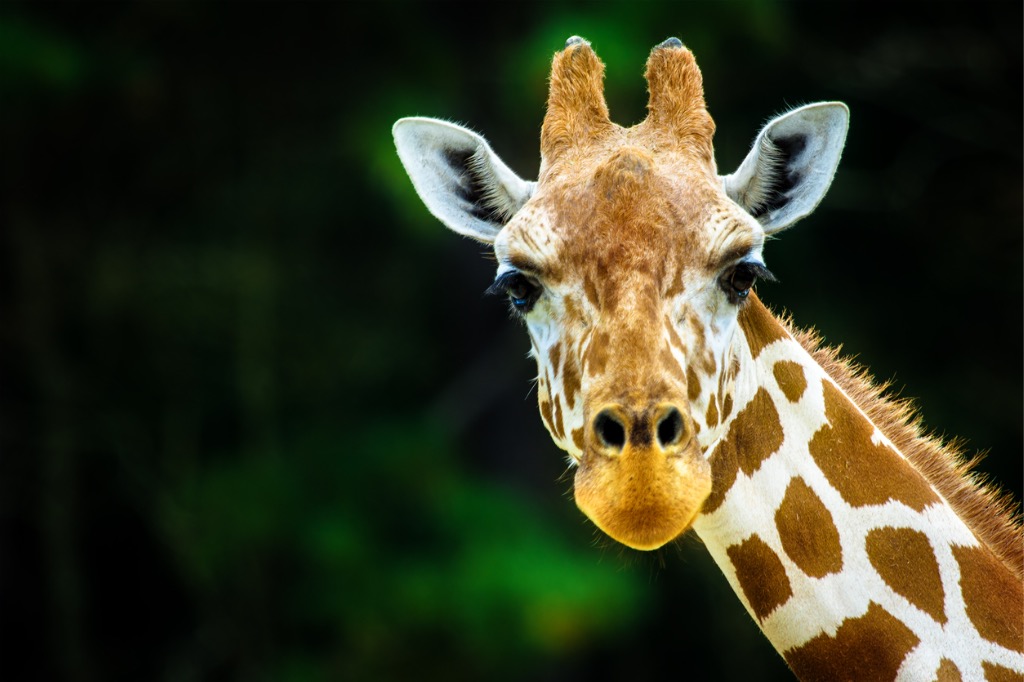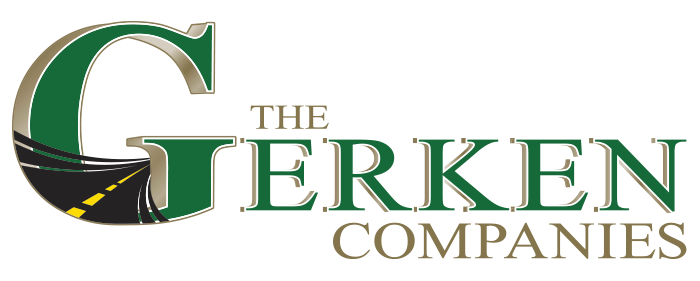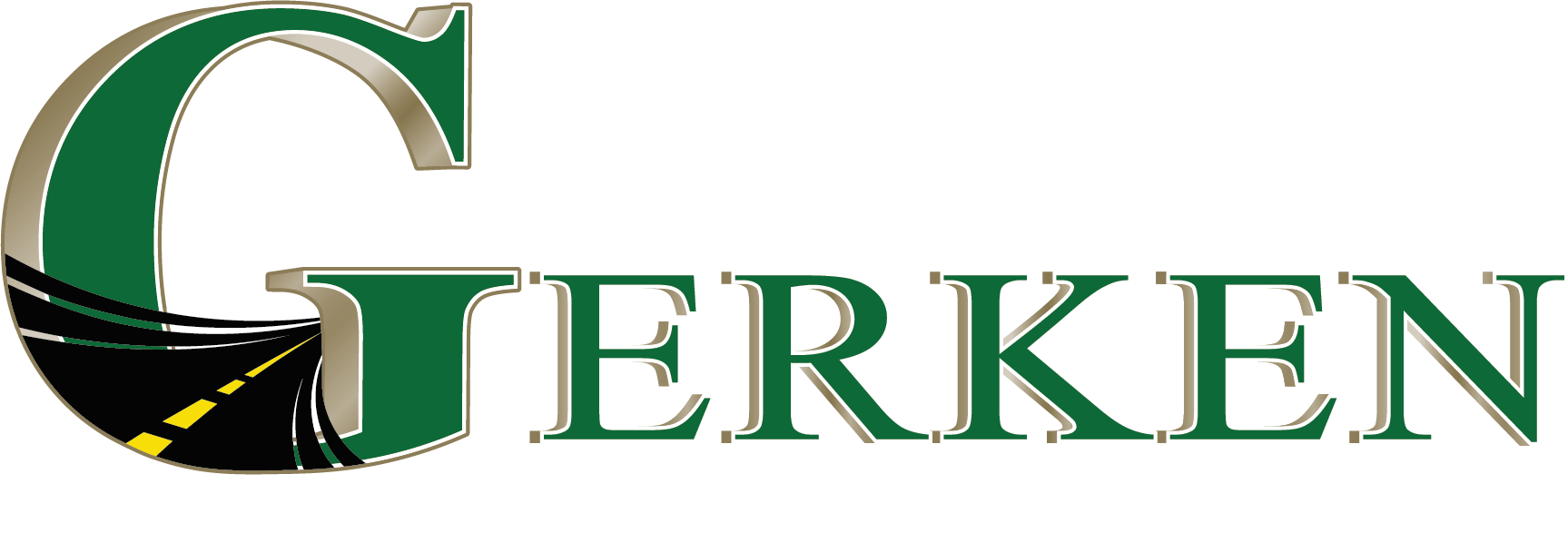FEATURED PROJECT
Toledo Zoo’s AFRICA! Habitat
Helping to construct the Zoo’s AFRICA! habitat.

Kuhlman concrete sets the foundation for the Toledo Zoo’s savannah project.
Restoring animals to habitats resembling their natural ones was the goal of the Toledo Zoo’s AFRICA! Project. The ambitious undertaking is among the largest exhibit constructed at the Toledo Zoo and covers nearly five acres west of the Anthony Wayne Trail. A savannah-like natural setting is where more than 60 species co-existing in Africa—such as zebras, elephants, cheetahs, giraffes, antelopes, and ostriches—enjoy far more freedom to roam than in a conventional zoo setting.
What you’ll hardly notice are the 4,000 cubic yards of Kuhlman concrete, plus drainage and waterproofing materials. Much of the concrete was used to construct
a long, winding underground retaining wall supporting the project, a tunnel for the train that encircles the exhibit, plus unobtrusive but effective walls to permanently contain the animals. Termite mounds, rocks, and streambeds—simulated out of concrete—are visible.
“It’s exciting to work at the zoo and know that this project will be here for the next 100 years with people continuing to go through it,” says Mark McGee, of the A.A. Boos Company, the project’s concrete contractor. CemRock, of Arizona, specializes in zoo exhibits across the United States and used Kuhlman concrete to “create” the concrete rocks for this exhibit and in the Artic Encounter, the zoo’s previous major project.
“This is a huge project,” said Stan Delventhal, vice president of A.A. Boos. “We’ve come to rely on Kuhlman Corporation. To build the walls, we used Symon’s new European Logo forming system distributed by Kuhlman. We used this metric-forming system with great support from Kuhlman salesman Chuck Naumann. What really helped is that Kuhlman conducted a Saturday seminar just for our people on how to use this system and convert everything to metric. The Logo system is extremely user-friendly, with minimal pieces and minimal ties. We probably could have done it without the seminar, but having it really helped our people know how to use it right away.”

